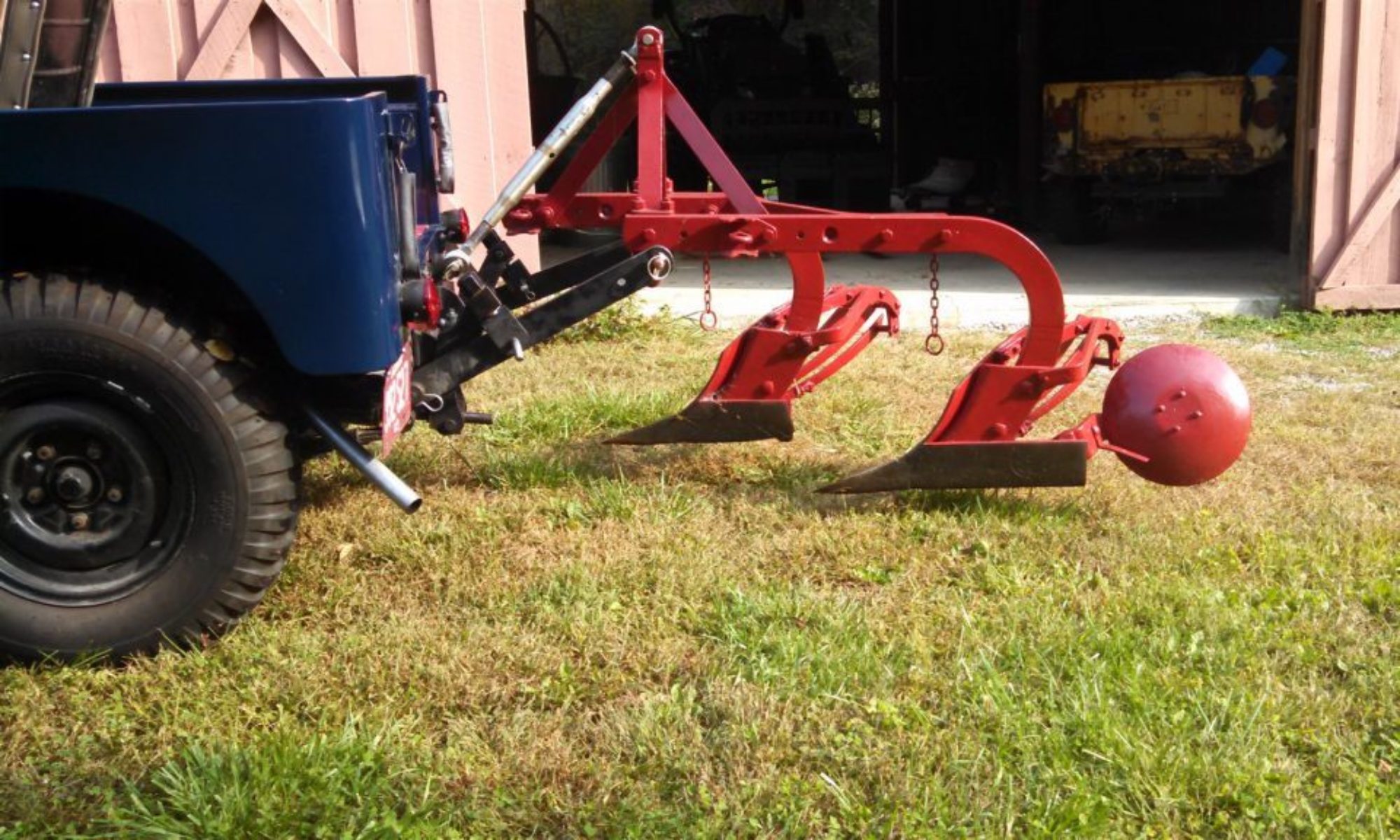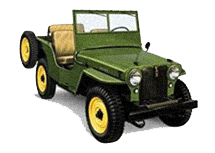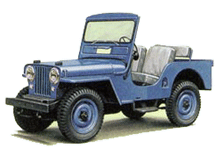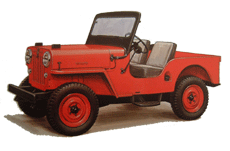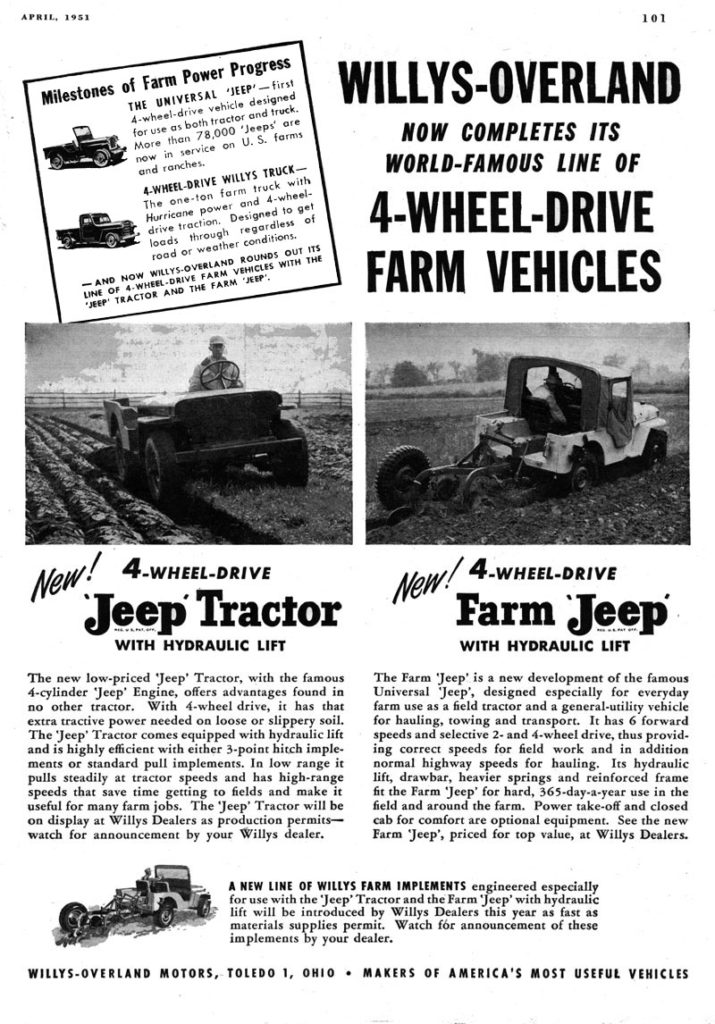
Welcome to FarmJeep.com! If you’re fascinated by the history of the post-WWII Willys Jeeps and how they became the first farm utility vehicles (FUVs), you’ve come to the right place. These versatile machines could quickly switch from truck to tractor to power unit, revolutionizing farm work.
While “Farm Jeep” technically refers to a specific model, we use the term for any Jeep adapted for tractor-like tasks. New to the Farm Jeep concept? Start with our overview article, “The Jeep As A Light Tractor.“
Explore FarmJeep.com:
- Blog: Stay up-to-date with the latest news, discoveries, and research on Farm Jeeps. Browse our past posts to see how our research has evolved.
- Technical Info: Dive into the details of the hydraulic 3-point lifts (Love, Newgren, Monroe, and Stratton) and other equipment that transformed the Jeep into a true tractor.
- Resources: This section is a treasure trove! Find links to websites, parts vendors (useful for your own Jeep projects), and a large collection of vintage ads, brochures, and even movies that showcase the Farm Jeep in action.
- History: We’re passionate about accuracy. Explore articles we’ve written and published, and learn about our ongoing research projects into the history of Farm Jeeps and the companies behind their components.
- Stories and Questions: Discover the personal stories of individuals who contributed to the Farm Jeep legacy. We attend shows to gather even more firsthand accounts. Check out our FAQ section for answers to common questions, and visit “Ask Farm Jeep” to see what others are curious about. You can also see our own Jeep projects that inspired FarmJeep.com.
Don’t Miss:
- The Farm Jeep Movie: We’ve unearthed a 70+ year-old infomercial that beautifully demonstrates the capabilities of the Farm Jeep, including the Monroe lift and its use as a tractor. Watch the 26-minute movie here.
We’re constantly adding new content, so be sure to check back often!
